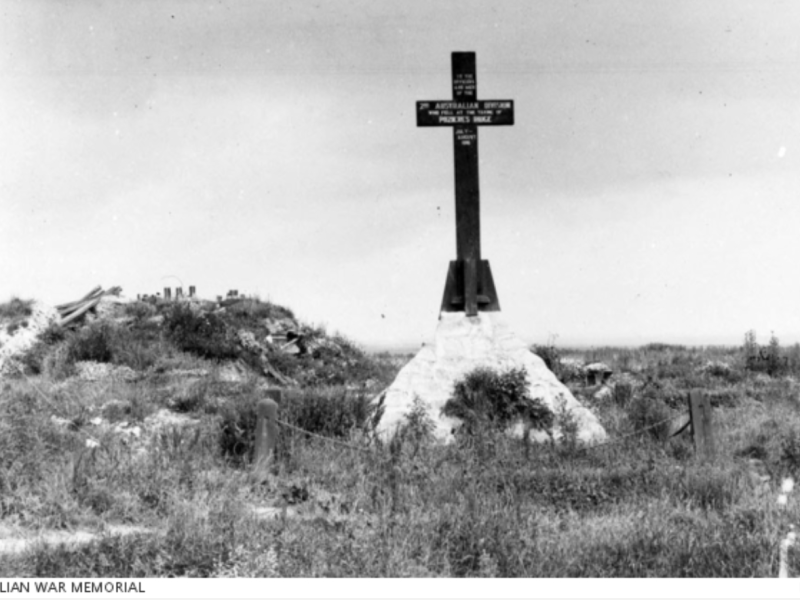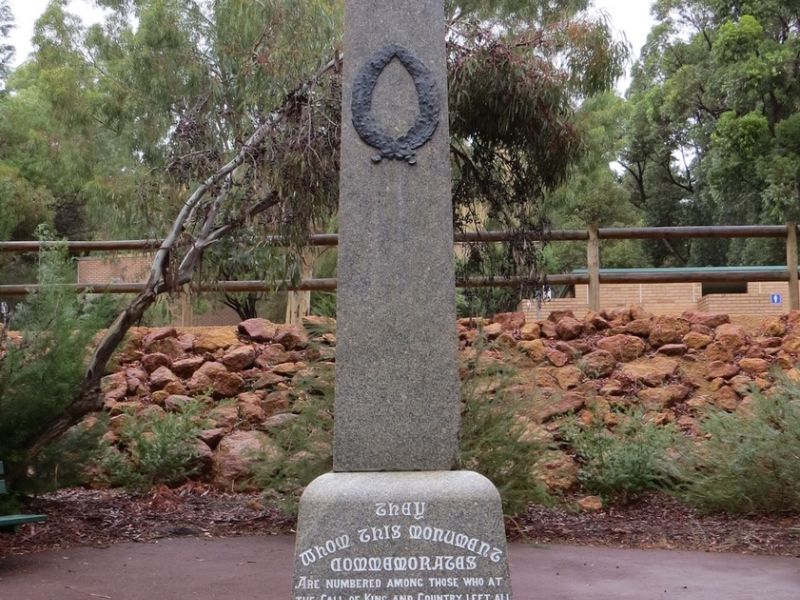Private Luke Siford, 28th Australian Infantry Battalion, AIF
Luke Siford was born in December 1894 in Jarrahdale, Western Australia, to Eliza and Luke Siford. He attended Jarrahdale Public School before finding work as a mill hand in the timber industry.
In August 1915, Luke Siford enlisted in the Australian Imperial Force. He spent three months in Perth completing his initial training before embarking on the transport ship Medic, arriving in Egypt in February 1916. Soon afterwards, the men left Egypt and sailed to France to join the fighting on the Western Front.
In France, Siford undertook further training before he joined his unit, the 28th Australian Infantry Battalion, in June. At this time, the battalion was stationed in the Somme sector, carrying out trench raids to capture German prisoners and intelligence.
In July, Siford and the 28th Battalion began preparing to take part in a major attack on the German lines at the end of the month.
The 1st Australian Division had captured the French village of Pozières in mid-July but faced repeated German counter-attacks and heavy artillery bombardments. The division was relieved by the 2nd Australian Division at the end of the month, which included the 28th Battalion.
On 29 July, the 2nd Division launched an attack with the aim of capturing the German trenches along the heights north-east of Pozières.
Despite an initial British bombardment of the area, the German barbed wire defences were still intact when the division attacked. This was particularly true in the sector assaulted by the 28th Battalion. The men of Siford’s unit spent time in the open trying to cut the wire by hand, under heavy machine-gun and artillery fire.
The soldiers fell back into shell-holes for shelter, and soon afterwards the 28th received the order to withdraw.
Siford had been struck by machine-gun fire in the leg and was badly wounded. He was also suffering the effects of poison gas released by some of the artillery shells. Lying wounded in a shell-hole in no man’s land, he was taken prisoner by the Germans.
They took him to a casualty clearing station for treatment but he died of his wounds later that day.
He was 21 years old.
Luke Siford’s family in Australia were informed that he was missing shortly after the battle. Military authorities could not confirm his fate for some time, so the family did not receive the news that he had died until six months later, in January 1917.
After the war, the German cemetery where he had been buried was consolidated, and Siford’s remains were moved to the nearby Valley Cemetery, Vis-en-Artois, along with 68 other Commonwealth soldiers.
His family members had the following poem printed in the newspaper on the anniversary of his death:
Somewhere in France a volley rings,
A bugle sounds farewell;
A wooden cross, a passing flower,
Mark where our dear brother fell.
Thomas Rogers, Historian, Military History Section
Image: Pozieres, France. 1919. The windmill site at Pozieres Ridge with the 2nd Australian Division, AIF, Memorial Cross.
- Australian War Memorial https://www.awm.gov.au/collection/AWM2019.1.1.204

 Australian War Memorial
Australian War Memorial